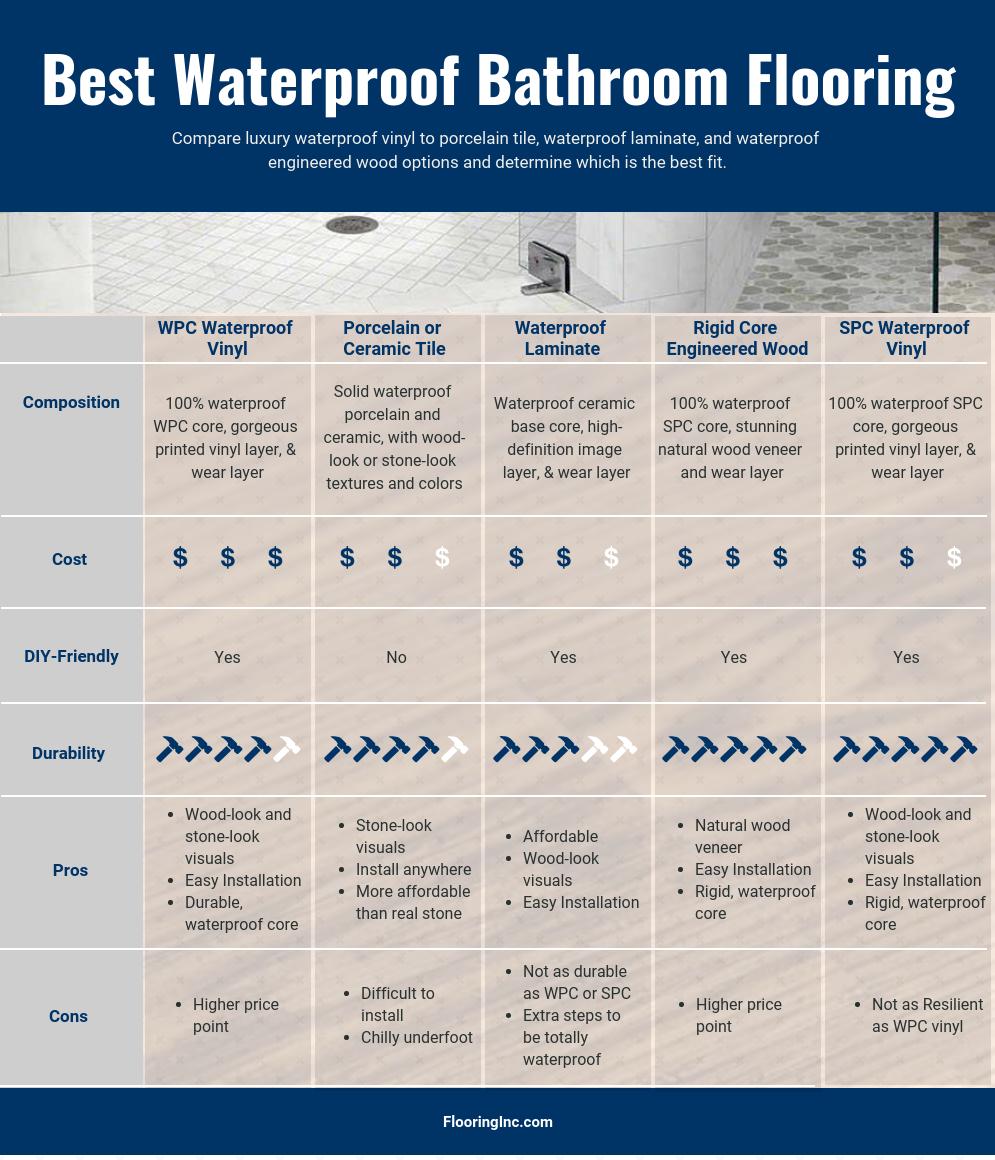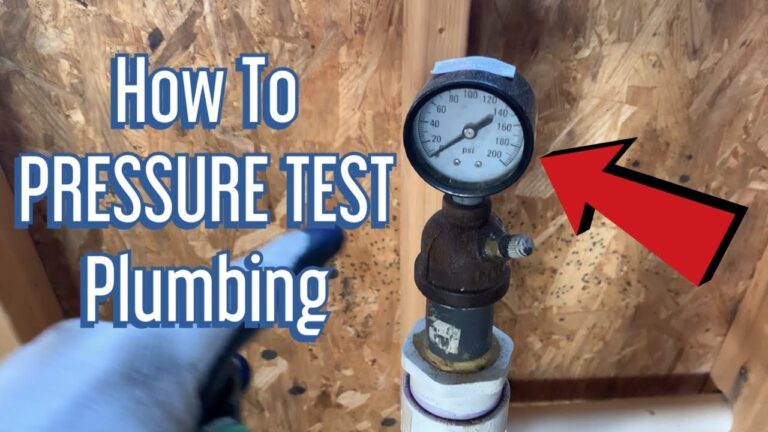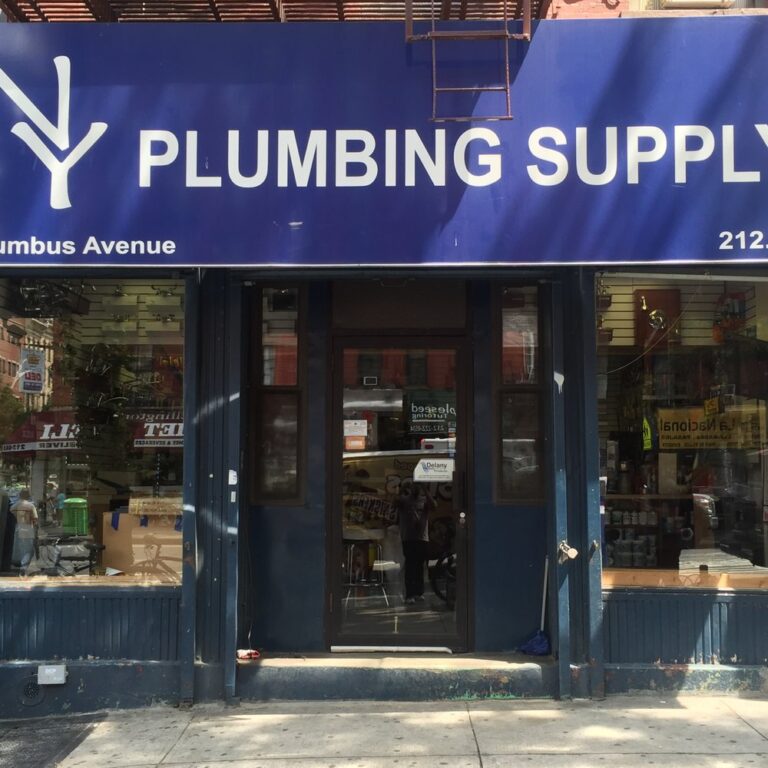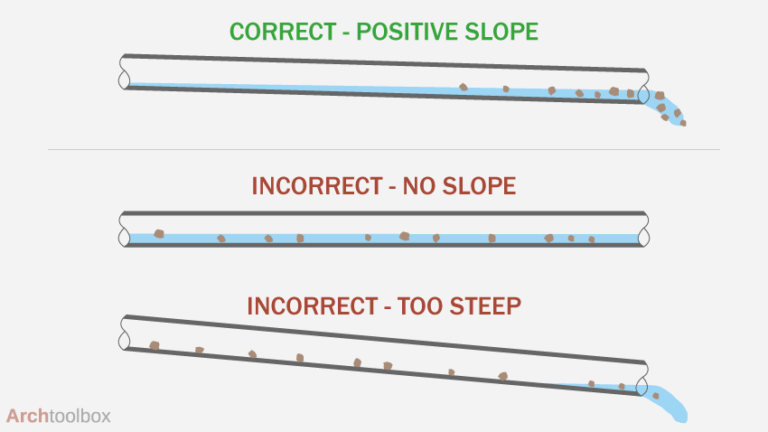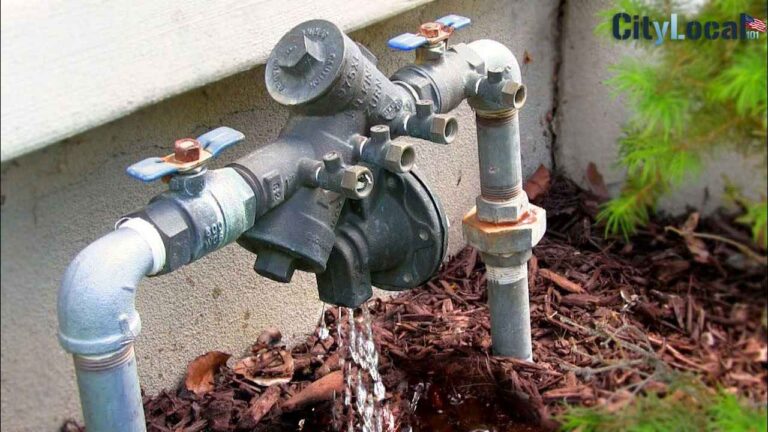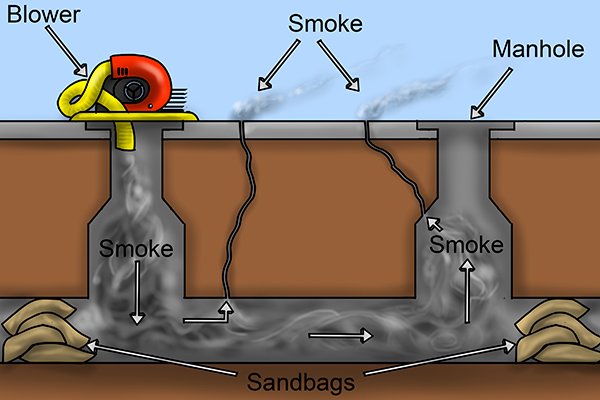What Is The Best Waterproofing For Toilet Floor?
Waterproofing the toilet floor is an important task in any bathroom. It prevents water from seeping through the floor and damaging the underlying structure. There are many different types of waterproofing products available, but the best waterproofing for a toilet floor depends on a few factors. These include the type of floor material, the size of the room, the budget, and other personal preferences. Ultimately, the best waterproofing for a toilet floor is one that offers the most effective protection while meeting all of the necessary requirements.
Types of Waterproofing
Waterproofing a bathroom floor is essential to preventing water damage and mold growth. There are several different types of waterproofing that can be used for a toilet floor, each with its own benefits and drawbacks. Understanding the different types of waterproofing is important for selecting the best option for your home.
The most common type of waterproofing is liquid-applied membranes, which are applied directly onto the floor. This type of waterproofing is easy to install and can be applied directly over existing surfaces, making it a popular choice for DIYers. However, liquid-applied membranes are not as durable as other types of waterproofing and may require frequent reapplication.
Another popular type of waterproofing is sheet membranes, which are installed over the subfloor before the flooring is laid. This type of waterproofing is more durable than liquid-applied membranes and provides a higher level of protection. However, sheet membranes require more preparation and are more difficult to install, making them better suited for professional installers.
Another option for waterproofing a toilet floor is sealant, which is applied directly to the seams between the floor and the wall. This type of waterproofing is easy to install and provides good protection against water and mold. However, sealant is not as durable as other types of waterproofing and may require frequent reapplication.
Finally, waterproofing paint is an option for waterproofing a toilet floor. This type of waterproofing is easy to install and can be applied directly over existing surfaces, making it a popular choice for DIYers. However, waterproofing paint is not as durable as other types of waterproofing and may require frequent reapplication.
When selecting the best waterproofing for a toilet floor, it is important to consider the type of waterproofing that best suits your needs. Each type of waterproofing has its own benefits and drawbacks, and understanding these can help you make an informed decision about which waterproofing is best for your home.
Pros and Cons of Different Waterproofing Solutions
Waterproofing your toilet floor is a great way to protect against water damage and deterioration. But with so many waterproofing solutions on the market, it can be hard to decide which one is best for your needs. To help you make an informed decision, here are the pros and cons of some of the most popular waterproofing solutions.
Epoxy sealers are a great choice for waterproofing a toilet floor since they form a strong bond and have a long-lasting seal. They are also easy to apply and can be used on a variety of surfaces. However, they can be expensive and require professional installation.
Silicone-based sealers are another popular option for waterproofing a toilet floor. They are easy to apply and have a good level of water resistance. However, they are not as durable as epoxy sealers and can be prone to cracking over time.
Liquid rubber coatings are a great choice for those who want a waterproofing solution that is both durable and affordable. It is easy to apply and forms a strong bond, but it does have a strong smell and can be difficult to clean up.
Finally, there are also spray-on waterproofing solutions that can be used to waterproof a toilet floor. They are easy to apply and can provide an effective waterproof seal, but they are not as durable as some of the other options.
Ultimately, the best waterproofing solution for your toilet floor depends on your specific needs and budget. Taking the time to research the different options and choose the one that is best for you will help ensure that your toilet floor is properly protected.
Factors to Consider When Choosing a Waterproofing Solution
When it comes to waterproofing your toilet floor, there is no one-size-fits-all solution. It is important to consider a variety of factors to ensure you select the best waterproofing solution for your needs. Firstly, you should consider the type of material you are waterproofing and the existing condition of the surface. Some materials, such as concrete, require a special waterproofing product, while others, like vinyl, may need a different product. Additionally, you should also consider the environment in which the waterproofing will be used. For example, if your bathroom is prone to high humidity, you should choose a product that can handle high moisture levels.
Secondly, you should consider the type of waterproofing you need. There are two main types of waterproofing solutions available – sheet waterproofing and liquid waterproofing. Sheet waterproofing is usually applied in one layer and is ideal for bathroom floors with a flat surface. Liquid waterproofing is often applied in multiple layers and is best for uneven surfaces. It is important to choose the right type of waterproofing for your needs.
Finally, you should also consider the cost of the waterproofing solution. Different products have different prices, so it is important to compare the prices of different products before making a purchase. Additionally, it is important to look for products that have a good warranty, as this can provide peace of mind in case of any issues.
When choosing a waterproofing solution for your toilet floor, it is important to consider the type of material, the environment, the type of waterproofing, and the cost. By taking all of these factors into account, you can ensure you select the best waterproofing solution for your needs.

Installation Requirements for Waterproofing
Waterproofing a toilet floor is a necessary step for a safe and healthy bathroom. Without proper waterproofing, toilet floors can be susceptible to damage from water exposure and mold or mildew growth. To ensure the best possible waterproofing of a toilet floor, there are certain installation requirements that should be considered.
One of the first steps to waterproofing a toilet floor is to make sure that the underlying floor material is in good condition and free of any cracks or chips. If there are any defects in the floor, they should be repaired before the waterproofing process begins. Additionally, it is important that the surrounding area be sealed off with a waterproof sealant before any waterproofing material is applied.
Once the area is prepared, the next step is to select the right waterproofing material for the job. The best waterproofing materials will be able to withstand high levels of moisture and water exposure without breaking down or becoming ineffective. Some of the more popular materials used for waterproofing toilet floors include latex sealants, rubber membranes, and linoleum. Each type of material has its own advantages and disadvantages, so it is important to consider the specific needs of the space before making a selection.
Finally, proper installation techniques should be used to ensure the best results. Depending on the type of material chosen, additional tools such as trowels, rollers, and brushes may be required. Additionally, sealants should be applied according to the manufacturer’s instructions and left to dry completely before any further work is done.
By following the proper installation requirements for waterproofing a toilet floor, homeowners can ensure that their bathroom is safe and protected from water damage. With careful selection of materials and proper installation techniques, a waterproof and durable toilet floor can be achieved.
Maintenance and Care of Waterproofed Toilet Floor
When dealing with bathrooms, the importance of waterproofing the floor cannot be overstated. Waterproofing is essential to keep the floor from becoming damaged due to water seepage. There are a variety of waterproofing options available, each with its own unique benefits and drawbacks. However, one of the best waterproofing methods for toilet floors is using a membrane-based system.
A membrane-based waterproofing system is a cost-effective and durable solution to protecting the floor from water damage. These systems are effective in preventing water from seeping into the floor and damaging the underlying material. Furthermore, they are easy to install and require minimal maintenance. The membrane can be applied as a liquid or in a sheet form, depending on the type of waterproofing material used.
Once a membrane-based waterproofing system has been installed, it is important to carry out regular maintenance and care. This includes inspecting the membrane regularly for signs of damage or wear, cleaning the membrane to remove any dirt or debris, and ensuring that the waterproofing material is in good condition. Additionally, it is important to keep the area around the toilet dry and free from moisture.
By taking the necessary steps to maintain and care for waterproofed toilet floors, you can protect your floor from water damage and ensure it lasts for years to come. With the right waterproofing materials and proper maintenance, you can enjoy a safe and dry bathroom floor for years to come.
Common Misconceptions About Waterproofing Toilet Floors
Waterproofing a toilet floor can be a tricky and daunting task. Many homeowners are unaware of what the best waterproofing solution is for their toilet floor. This is compounded by the fact that there are also many misconceptions about the process. To help clear up any confusion and ensure you’re properly waterproofing your toilet floor, here are some of the most common misconceptions about waterproofing toilet floors.
One common misconception is that any type of waterproofing will do the job. While it is true that some waterproofing solutions are better than others, there is no one-size-fits-all solution. Different materials, such as ceramic tile, concrete, and vinyl, all require different waterproofing solutions. So, if you’re looking for the best waterproofing for your toilet floor, make sure to pick the solution that is best suited for the material you’re working with.
Another misconception is that waterproofing is unnecessary. While it is true that some materials, such as ceramic tile, offer a natural waterproof barrier, it is still important to waterproof your toilet floor. This is because waterproofing helps to prevent water from seeping through the cracks and crevices, which can lead to water damage and mold growth.
Finally, some people believe that waterproofing is a one-time process. This is not the case. Waterproofing should be done regularly to ensure that the material remains properly protected from water damage. This should be done at least once a year, but it is best to do it more often if the area is prone to moisture.
By understanding these common misconceptions about waterproofing toilet floors, you can make sure you’re properly and effectively waterproofing your toilet floor. This will help to ensure that your toilet floor remains in good condition and free of water damage and mold growth.
FAQs About the What Is The Best Waterproofing For Toilet Floor?
Q1. Is it necessary to waterproof a toilet floor?
A1. Yes, it is important to waterproof a toilet floor to protect it from moisture and water damage.
Q2. What is the best material to use for waterproofing a toilet floor?
A2. The best material to use for waterproofing a toilet floor is a waterproof membrane, such as a sheet of vinyl.
Q3. How often should the waterproofing of a toilet floor be done?
A3. It is recommended to waterproof a toilet floor at least once a year to ensure its longevity.
Conclusion
The best waterproofing for a toilet floor is dependent upon the individual needs of the homeowner. There are a variety of waterproofing methods available, ranging from sealants to membranes to coatings. Ultimately, it is important to evaluate the level of waterproofing desired and the potential areas of concern for the specific toilet floor in order to determine the best waterproofing method.

